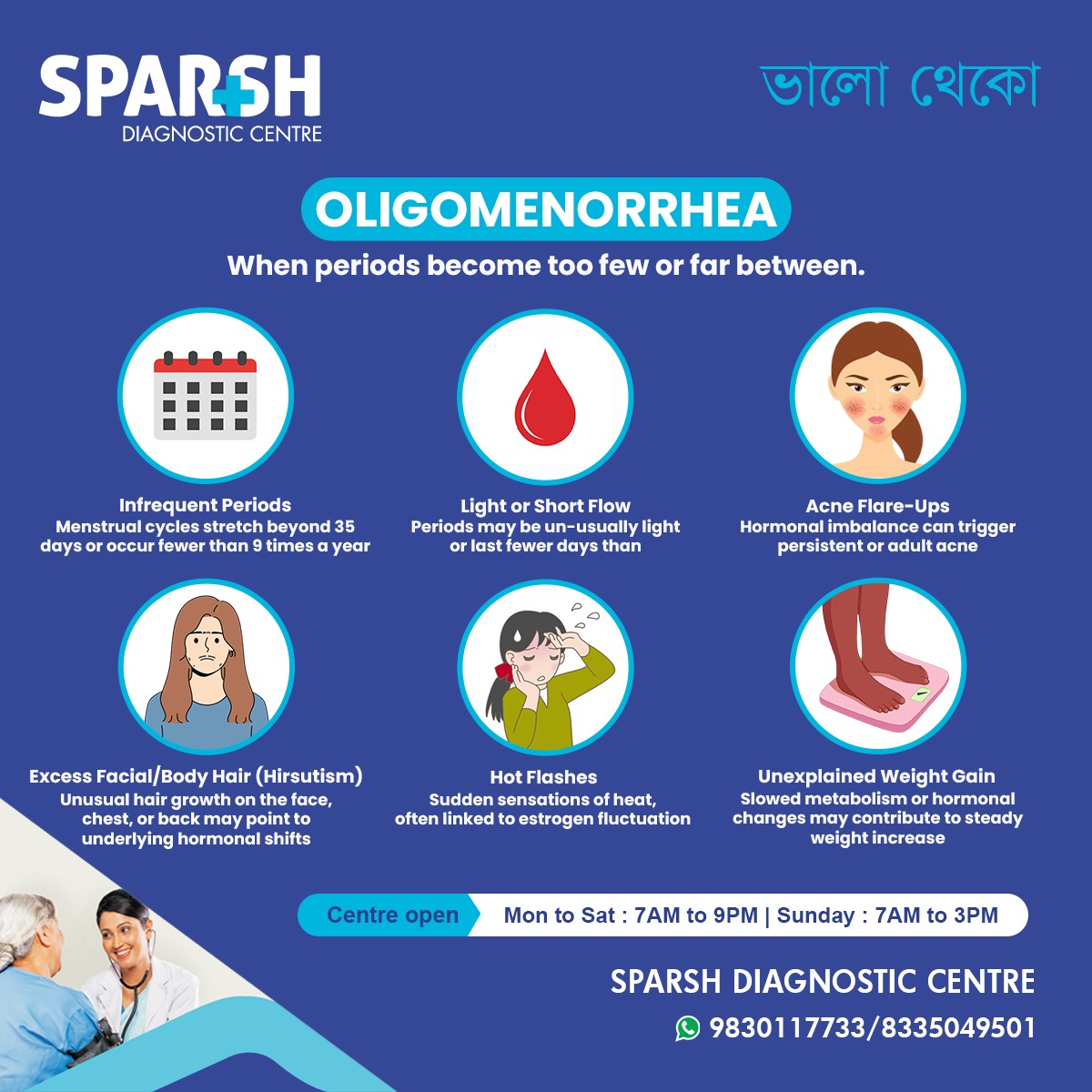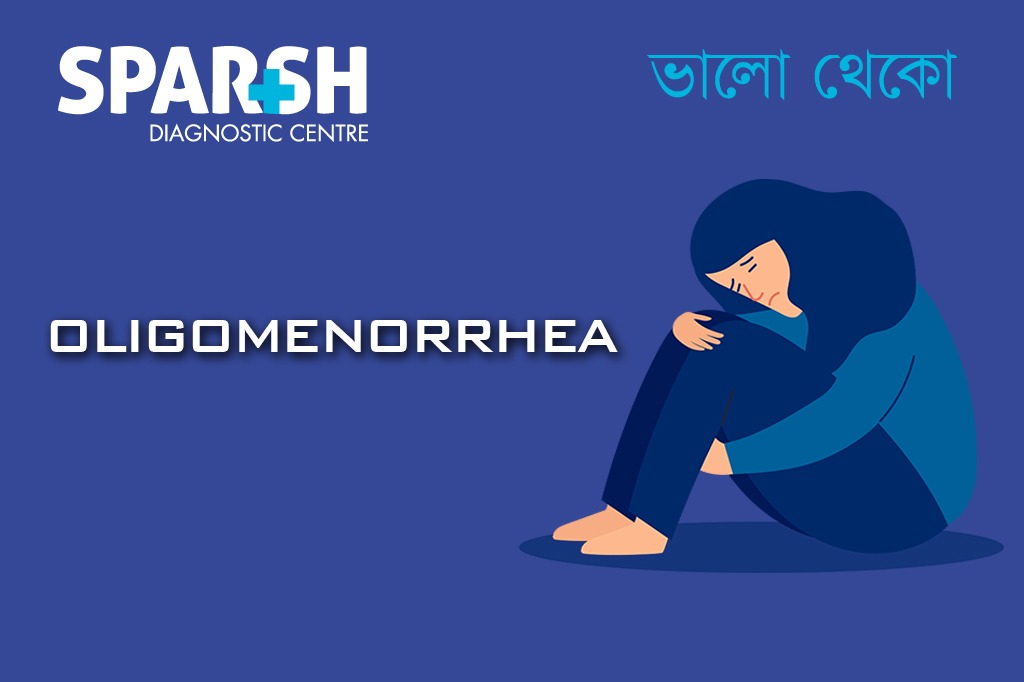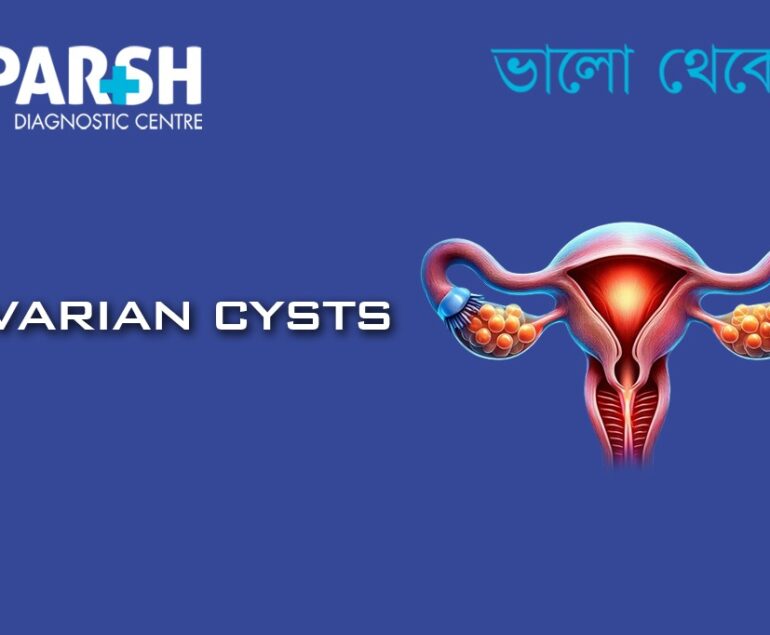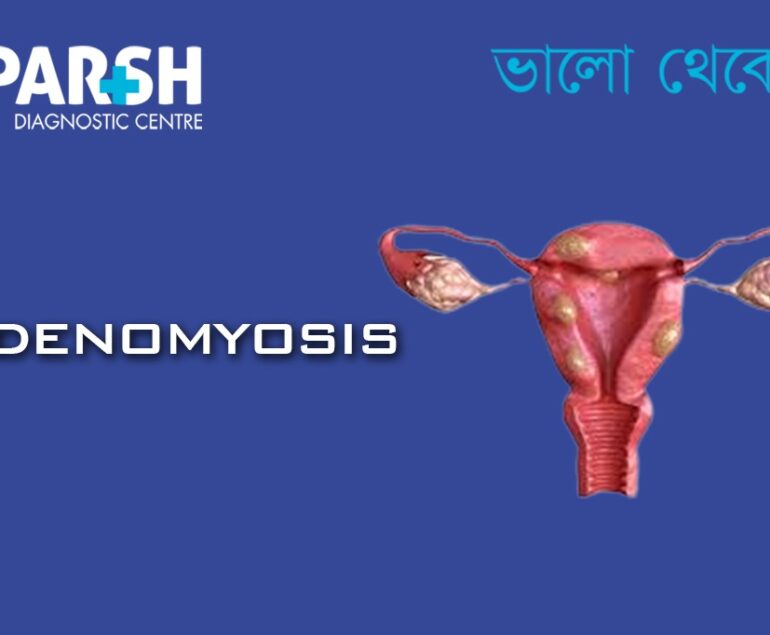A woman’s menstrual cycle is often considered an important indicator of her reproductive and overall health. While many people experience occasional irregularities, persistent issues with menstrual frequency should not be ignored. One such condition is oligomenorrhea, which refers to infrequent or irregular periods.
Women with oligomenorrhea may experience menstrual cycles that extend beyond 35 days or fewer than nine periods in a year. Although this condition is relatively common, it can sometimes indicate underlying health concerns that require medical evaluation and treatment.
In this article, we’ll explore what oligomenorrhea is, its causes, symptoms, diagnostic process, treatment options, lifestyle management tips, and when to seek medical help.
What is Oligomenorrhea?
Oligomenorrhea is a type of menstrual disorder characterized by infrequent or irregular menstrual periods. While a normal menstrual cycle ranges between 21 to 35 days, women with oligomenorrhea often have cycles longer than 35 days. In some cases, periods may occur as infrequently as two to eight times per year.
It is important to distinguish oligomenorrhea from amenorrhea, which is the complete absence of menstruation. Unlike amenorrhea, women with oligomenorrhea still menstruate, but their cycles are unpredictable and widely spaced apart.
Common Symptoms of Oligomenorrhea
The key symptoms that may indicate oligomenorrhea:
Infrequent Periods
Menstrual cycles extending beyond 35 days.
Fewer than 9 periods per year.
Light or Short Flow
Periods may be unusually light or last fewer days than normal.
Hormonal imbalances associated with oligomenorrhea can trigger persistent or adult acne.
Excess Facial or Body Hair (Hirsutism)
Unusual hair growth on the face, chest, or back may be linked to hormonal shifts.
Sudden sensations of heat, often related to estrogen fluctuations.
Unexplained Weight Gain
Hormonal imbalances may slow metabolism, contributing to steady weight increase.

Causes of Oligomenorrhea
Oligomenorrhea can arise due to a variety of factors, including lifestyle influences, hormonal imbalances, and underlying medical conditions.
1. Hormonal Imbalances
Polycystic Ovary Syndrome (PCOS): One of the most common causes, PCOS disrupts the normal hormonal balance, leading to irregular ovulation and infrequent menstruation.
Thyroid Disorders: Both hypothyroidism (underactive thyroid) and hyperthyroidism (overactive thyroid) can interfere with menstrual cycles.
Hyperprolactinemia: Elevated prolactin levels can suppress ovulation.
2. Lifestyle Factors
Excessive stress, rapid weight loss, or intense exercise can disturb hormonal balance and delay menstruation.
Obesity can also contribute to irregular cycles due to insulin resistance and increased androgen levels.
3. Reproductive Health Conditions
Endometriosis and ovarian insufficiency can affect menstrual regularity.
Structural abnormalities in the uterus may also contribute.
4. Medications and Contraceptives
Certain hormonal contraceptives and medications can lead to infrequent periods.
5. Perimenopause
Complications of Oligomenorrhea
If left untreated, oligomenorrhea can result in several health complications, including:
Infertility: Due to irregular ovulation or lack of ovulation.
Endometrial Hyperplasia: The uterine lining may become excessively thick, increasing the risk of endometrial cancer.
Psychological Stress: Unpredictable cycles may cause anxiety and emotional distress.
Metabolic Issues: Especially in cases linked with PCOS, it may increase the risk of diabetes, hypertension, and obesity.
Diagnosis of Oligomenorrhea
A healthcare provider at Sparsh Diagnostic Centre may recommend a combination of tests to identify the cause:
Medical History and Physical Examination
Assessment of menstrual history, lifestyle factors, and family history of reproductive disorders.
Blood Tests
To check hormone levels, including FSH, LH, prolactin, thyroid hormones, and androgens.
To evaluate ovarian and uterine health. Ultrasound may reveal polycystic ovaries or uterine abnormalities.
Pelvic Examination
To detect any abnormalities in the reproductive system.
Treatment Options for Oligomenorrhea
Treatment depends on the underlying cause and whether the patient wishes to conceive.
1. Medications
Hormonal Therapy: Birth control pills or hormonal therapy can regulate cycles.
Fertility Treatments: For women trying to conceive, medications like clomiphene citrate may be prescribed.
Thyroid Medications: To correct hypo- or hyperthyroidism.
Metformin: May be prescribed for PCOS-related insulin resistance.
2. Lifestyle Modifications
Maintaining a healthy weight through diet and exercise.
Managing stress through yoga, meditation, or relaxation techniques.
Avoiding excessive exercise or sudden weight loss.
3. Surgical Intervention
In rare cases, surgery may be needed for conditions like endometriosis or structural abnormalities.
Lifestyle and Home Remedies
Women with oligomenorrhea can take several steps to support better menstrual health:
Balanced Diet: Incorporating whole grains, fruits, vegetables, and lean proteins.
Regular Exercise: Moderate activity to maintain a healthy weight.
Stress Management: Mindfulness, deep breathing, or counseling.
Tracking Cycles: Keeping a menstrual diary or using apps can help monitor irregularities.
When to Seek Medical Help
Consult a gynecologist or visit Sparsh Diagnostic Centre if you experience:
Menstrual cycles longer than 35 days consistently.
Fewer than 9 periods per year.
Excessive acne, hair growth, or unexplained weight gain.
Difficulty conceiving.
Hot flashes or sudden changes in menstrual flow.
Prevention of Oligomenorrhea
While not all cases can be prevented, certain measures can reduce risk:
Maintaining a healthy body weight.
Eating a balanced diet rich in nutrients.
Avoiding stress and over-exercising.
Seeking timely medical advice if cycles become irregular.
Oligomenorrhea is more than just an inconvenience—it can be a sign of underlying health issues that need medical attention. Identifying the cause early and receiving appropriate treatment can help restore hormonal balance, improve reproductive health, and enhance overall well-being.
At Sparsh Diagnostic Centre, our team of specialists provides advanced diagnostic tests and personalized treatment plans to manage menstrual irregularities like oligomenorrhea.
FAQ on Oligomenorrhea
1. What is the main cause of oligomenorrhea?
The most common cause is hormonal imbalance, often due to conditions like PCOS, thyroid disorders, or excessive stress.
2. Can oligomenorrhea cause infertility?
Yes, infrequent ovulation associated with oligomenorrhea can make it difficult to conceive, but treatment options are available.
3. Is oligomenorrhea the same as amenorrhea?
No. Oligomenorrhea refers to infrequent or irregular periods, while amenorrhea is the complete absence of menstruation.
4. How is oligomenorrhea diagnosed?
Through medical history, physical examination, blood tests, and ultrasound imaging.
5. Can lifestyle changes help manage oligomenorrhea?
Yes, maintaining a healthy weight, reducing stress, and eating a balanced diet can improve menstrual regularity.
6. Should I be worried if I have infrequent periods?
Occasional irregularity is common, but persistent oligomenorrhea should be evaluated by a doctor to rule out underlying conditions.
7. Can oligomenorrhea be treated permanently?
Treatment depends on the cause. For example, thyroid-related oligomenorrhea can be managed with medication, while PCOS may require long-term lifestyle and medical management.
👉 Book your appointment today at Sparsh Diagnostic Centre.
#BhaloTheko
Disclaimer:
No content on this site, regardless of date, should ever be used as a substitute for direct medical advice from your doctor or other qualified clinician.

![]()






[…] Oligomenorrhea – Infrequent periods (more than 35 days apart). […]